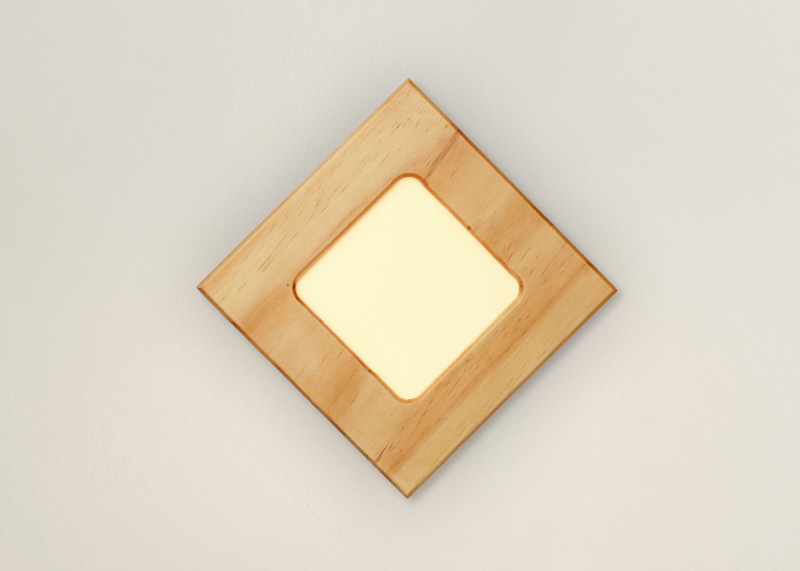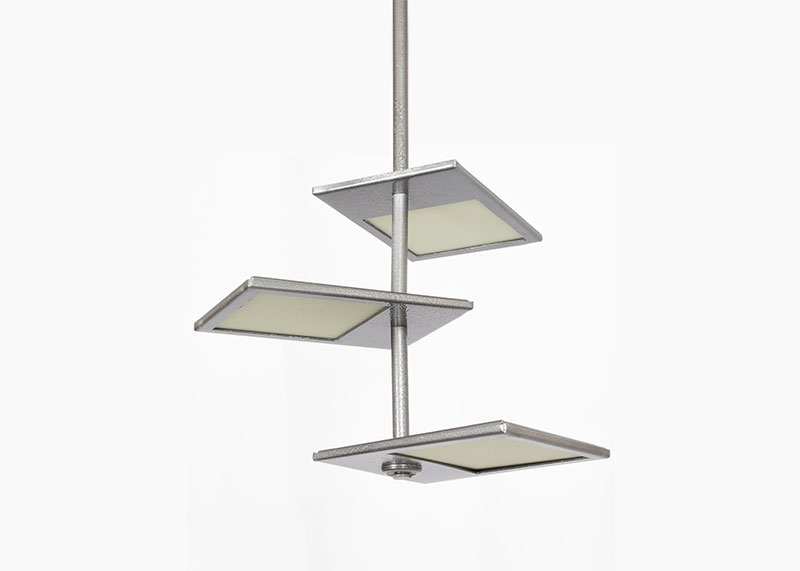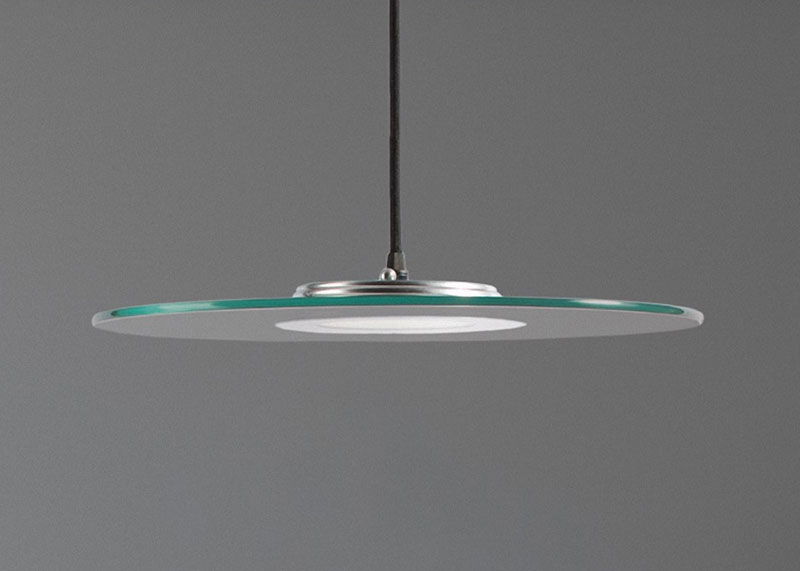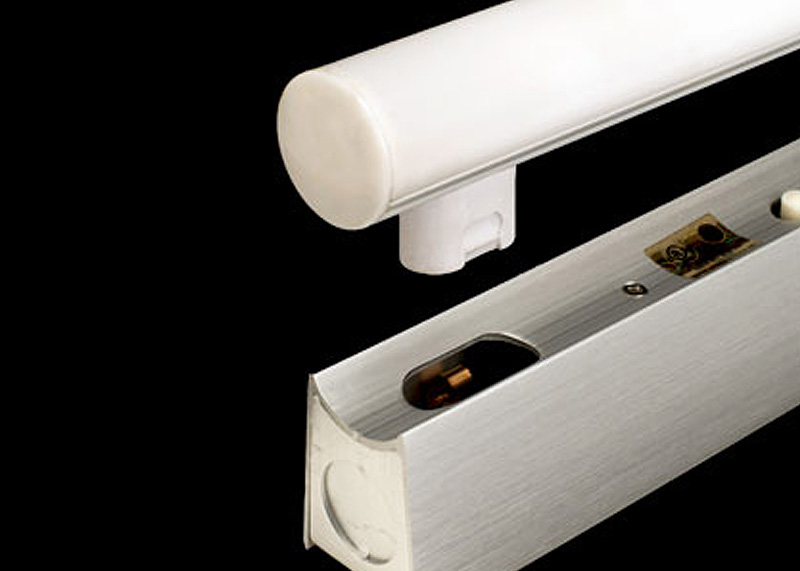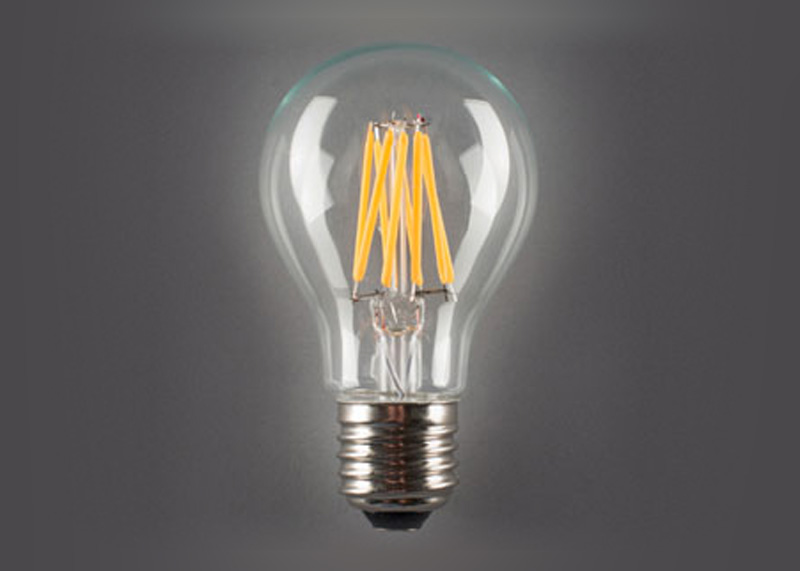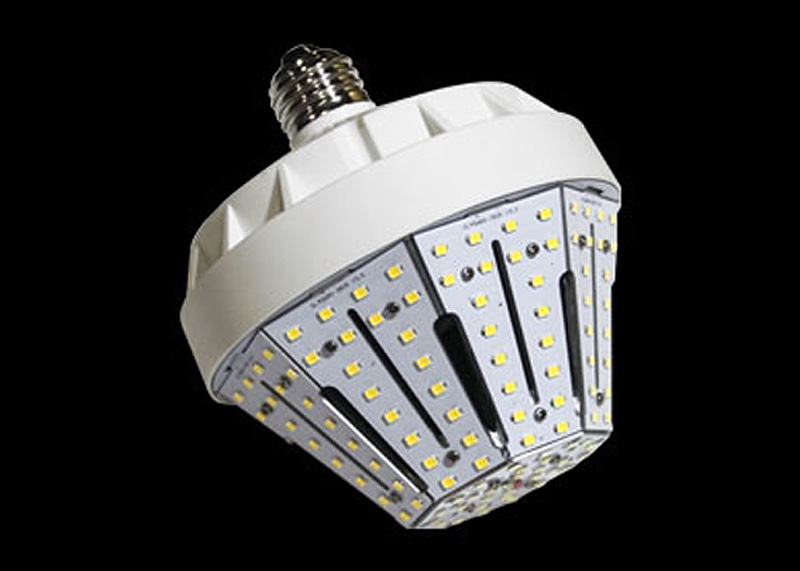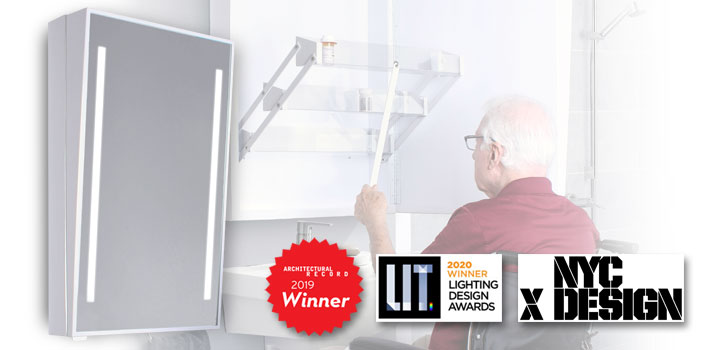OLED Light Bulb vs LED Lighting
Like all technology, lighting is constantly evolving. Light Emitting Diode (LED) paved the way for innovation as they became the standard replacement for traditional incandescent bulbs. But now, another type of lighting based on the LED model is emerging. An OLED light bulb offers even greater flexibility and customization, and they’re becoming a common secondary option in home and commercial lighting design. While LED and OLED light bulbs both provide a high level of reliable illumination, there are distinct differences. The greatest lie in the material, price range and duration of each type of light bulb.
What Makes OLED and LED Lighting Different?
An OLED light bulb (Organic Light Emitting Diode) is more environmentally friendly than LED bulbs. As its name implies, the OLED light panel is made from organic compounds that make it greener and perfect for those committed to achieving a sustainable lifestyle. OLED light panels will likely become the new norm in future innovations.
LED lighting was once considered high-end and, as a result, was much more expensive. Today, LED bulbs are being massed produced and therefore, extremely affordable. Because OLED bulbs are still relatively new and not widely available, they bear higher price points. In terms of manufacturing, although LED bulbs are made from inorganic material, they are still more eco-friendly than incandescent, contain no mercury or other harmful chemicals, and do not emit harmful UV.
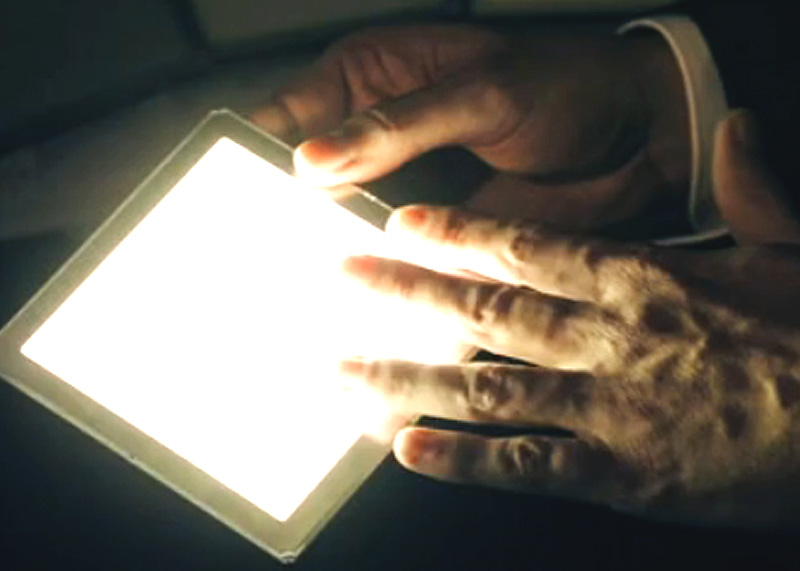
What is OLED Lighting?
OLED lighting is comprised of multiple ultra-thin layers of material between two electrodes. These organic layers become activated through a process called electroluminescence. The emitted light has virtually zero glare and is produced at an extremely low heat that averages under 35 degrees C (95 degrees F). Due to its wide spectrum and extremely thin, flexible design, an OLED light bulb can even be translucent. OLED lighting is most notably mentioned for its unparalleled flexibility in design options; its thin structure contains no reflectors or diffusers, allowing it to be molded to suit any custom light fixture.
How OLED Light Bulbs Work
Utilizing electroluminescence, OLED light bulbs and wall panels produce various wavelengths of light based on the structure of the organic molecules. When a DC current is applied to an OLED light bulb, the molecules enter an active stage that then rapidly relaxes and produces the light you see.
What is LED Lighting?
LED bulbs and luminaires rely on light-emitting diodes and other materials to work. LED lights are as much as 90 percent more efficient than incandescent, and they provide up to 50,000 hours of ongoing use. That’s over 5 years of constant illumination per LED light.
How LED Light Bulbs Work
To activate an LED bulb, electricity moves through a microchip, which then activates the light-emitting diodes that produce visible light. LED uses a negatively charged semiconductor while regular light bulbs use heat to activate a filament inside the glass. To create white light, a combination of phosphor coatings is applied to a blue diode. LED light fixtures come in all shapes and sizes, and its versatility makes it an excellent choice for numerous settings including homes, offices, restaurants, schools, stores, and more.
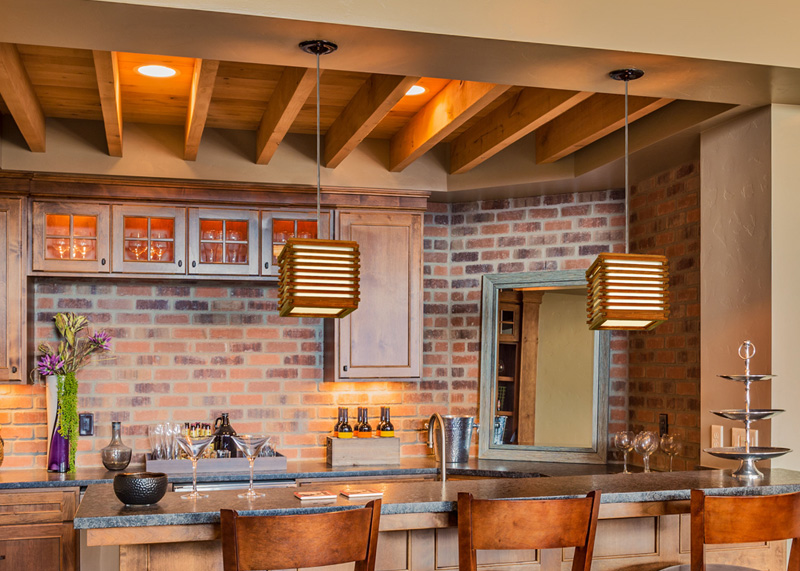
Pros and Cons of OLED Light Bulbs
As with any light fixture, it is important for you to consider which type of lighting provides the best illumination and benefits for your wants and needs. Both an OLED light panel and LED light bulb are solid-state light sources that offer more consistent lighting and consume less energy than incandescent lights. They can be used to complement each other in a given space, but they do have their own benefits & disadvantages to consider.
OLED Light Bulb Pros
- Soft, comfortable light with low glare
- Ultra-thin panel that lends itself to unique, compact form factors.
- Lightweight
- Creates white light naturally; contains no phosphor
- Low heat immersion
- Eco-friendly and easy to recycle
- Dimmable; compatible with most LED dimmers
OLED Light Bulb Cons
- Higher price point due to low volume consumption.
- Overall brightness is not as strong as LED bulbs, so more OLEDs may be required to adequately light your space
- Limited shapes available
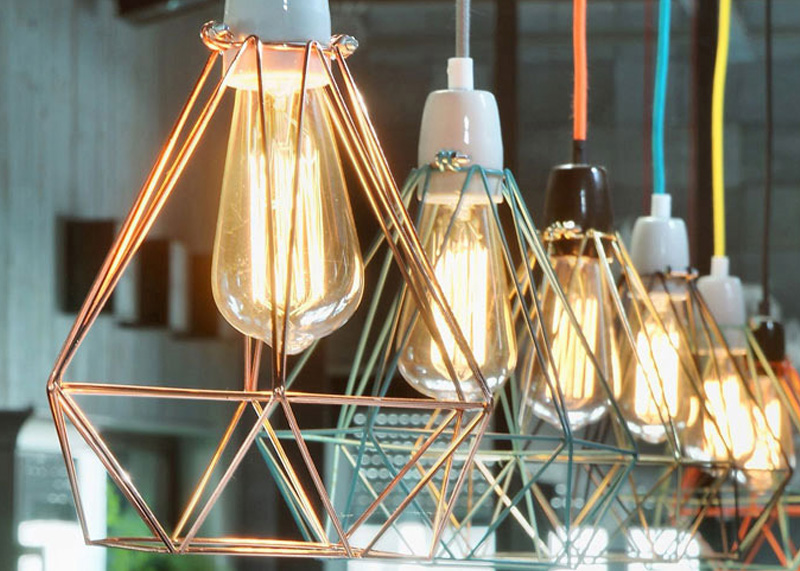
Pros and Cons of LED Light Bulbs
LED light bulbs also have pros and cons to consider. You have many options to choose from including Corn Cob, Hybrid, and Alinea LEDs. With several LED light bulb variations options available it is important to keep these in mind as you explore your lighting options.
LED Light Bulb Pros
- Extremely affordable
- Long-lasting
- Easy to replace
- Conserve energy and reduce consumption
- Integrated into current technologies, including smart home devices
LED Light Bulb Cons
- May not be compatible with dimmers in some cases
- Produce blue light, which can be harmful and diminish sleep quality
- Can overheat and lose brightness over time
- Sensitive to temperature so installation point is important
- Color shifting can occur over time due to phosphor coating burn-off.
The Future of OLED Light Bulbs and Panels
As we look forward to the future, it is likely that the trajectory of OLED light design will be similar to that of the LED. While it will likely not come to fully replace LED light bulbs any time soon, the eco-conscious design of the OLED light panel will certainly make its design one worth advancing.
OLED light fixtures will gradually become more common, which will reduce the overall cost of the average OLED light bulb. As prices lessen, production will also change, and it will be interesting to see how the style of OLED lighting evolves to suit the times.
Because OLED lighting is still in its infancy, the technology behind it will likely change significantly over the next five to 10 years. Experts suggest that the OLED lighting market will grow to over $1 billion by 2023, so it’s likely more businesses and homes will begin to consider organic light fixtures and panels in their design.
If you’re curious about what an OLED light bulb would be like in your home, Aamsco offers a versatile collection you can browse at your leisure. OLED bulbs might not be ready to fully replace your entire home lighting, but they do make excellent decorative and accent pieces. Please contact us today to learn more about how OLED lighting works and to explore additional products you may enjoy.

